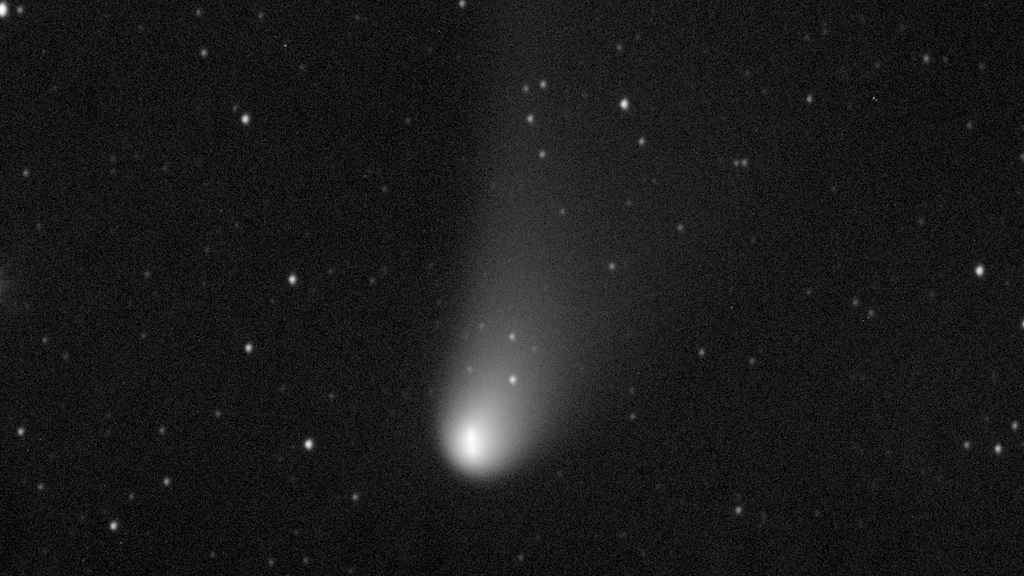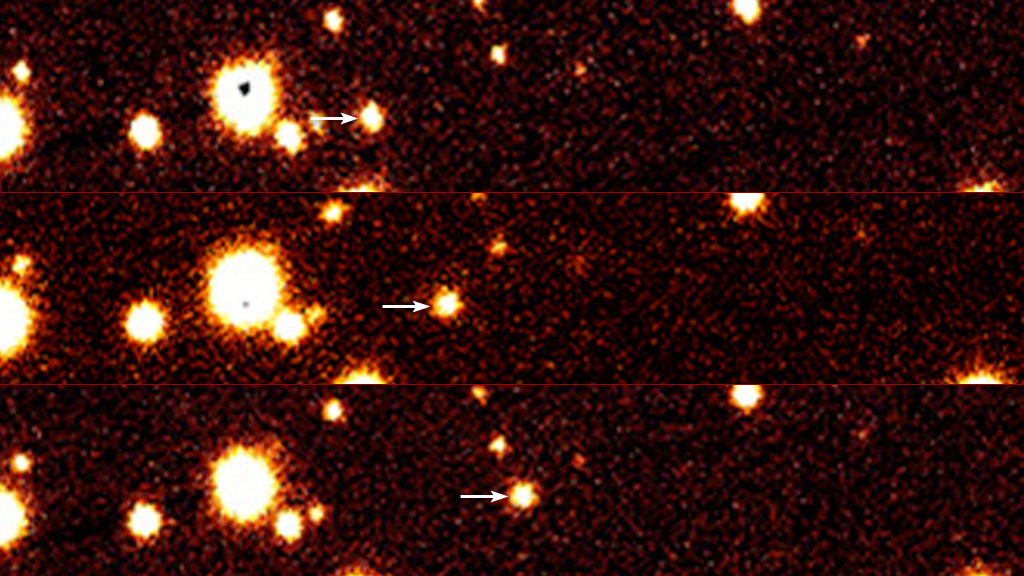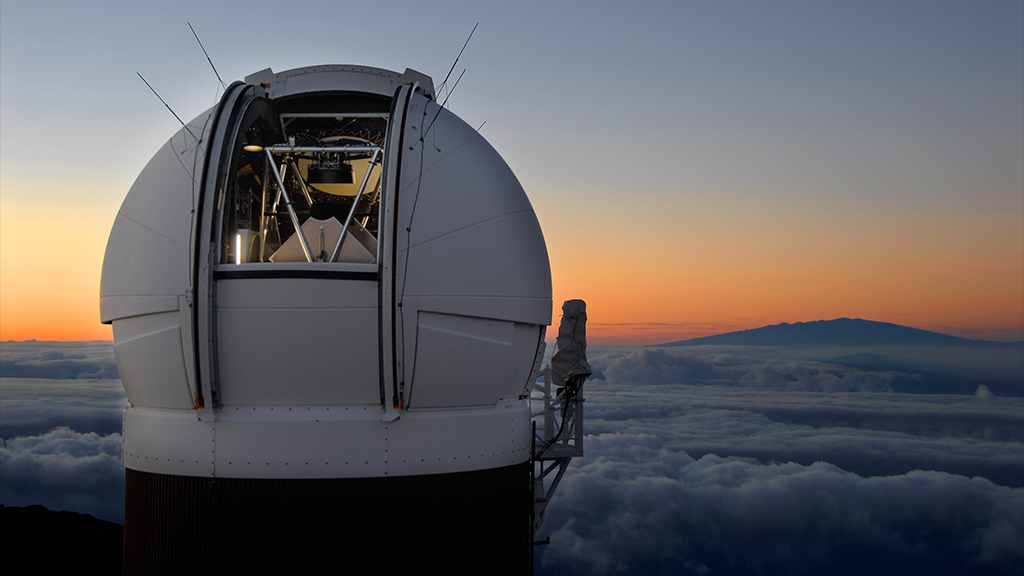Planets and Moons
Universe
ID: 11188

Comet Pan-STARRS may soon be visible to the naked eye. Scientists predict this icy body will be observable in the night sky next month as it loops around the sun and passes within 100 million miles of our planet. The comet is thought to have come from a distant region of space, beyond Pluto, known as the Oort cloud. Back in Oort, it was just another hunk of floating cosmic debris—a frozen cocktail of volatile gases and stellar dust. But as the object neared the inner solar system, heat and energy from the sun transformed its anatomy, adding a long tail to its defunct shape. The best time to see Comet Pan-STARRS is in mid-March, when it will appear in the western sky just after sunset. Watch the video to learn more about this comet and its journey through space.



It Came From Oort




For More Information
Story Credits
Please give credit for this item to:
Science@NASA and NASA's Goddard Space Flight Center
Cover image courtesy of European Southern Observatory
Comet image 1 courtesy of Michael Mattiazzo
Comet image 2 courtesy of Joseph Brimacombe/Coral Towers Observatory
Comet image 3 courtesy of Henry Hsieh/PS1SC
Telescope image courtesy of Rob Ratkowski
Science@NASA and NASA's Goddard Space Flight Center
Cover image courtesy of European Southern Observatory
Comet image 1 courtesy of Michael Mattiazzo
Comet image 2 courtesy of Joseph Brimacombe/Coral Towers Observatory
Comet image 3 courtesy of Henry Hsieh/PS1SC
Telescope image courtesy of Rob Ratkowski
Short URL to share this page:
https://svs.gsfc.nasa.gov/11188
Keywords:
NASA Science >> Planets and Moons
NASA Science >> Universe
SVS >> App
https://svs.gsfc.nasa.gov/11188
Keywords:
NASA Science >> Planets and Moons
NASA Science >> Universe
SVS >> App







